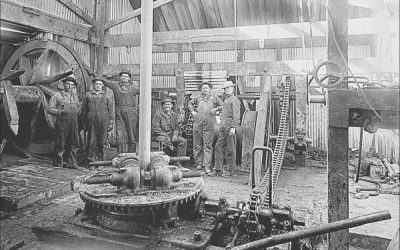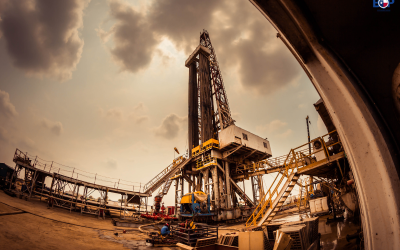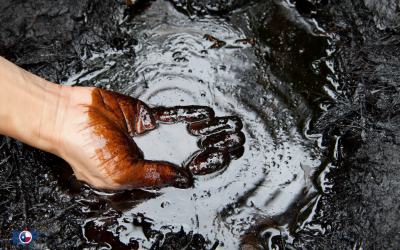If you aspire to invest in the oil and gas industry, you might wonder, “What is offshore drilling?” As offshore drilling becomes increasingly popular, it’s essential to understand how it works and the risks involved during the operations. It’s a bit different from what happens during onshore drilling, which tends to be less risky than offshore drilling.
So, what is offshore drilling? As the name suggests, it involves the extraction of natural gas and petroleum from the ocean bed rather than reserves located on the mainland. These drilling rigs operate on the water surface and are big enough to host hundreds of workers. However, drilling is costly.
What is offshore drilling? Learn all the basic steps involved in offshore drilling and how to remain safe during the drilling operations. Share on XOffshore Rigs: The Basics
This type of drilling relies heavily on offshore rigs, either mobile or fixed on the ocean bed. Currently, there are approximately 500 offshore rigs worldwide. The rigs have hoisting systems to raise and lower drill pipes or the tools required for drilling oil wells. They also have blowout preventers (BOPs) and pumping systems to move fluids in the drill wells.
Global Drilling Sites
Oil and natural gas drilling is a widespread exercise globally as there are many drilling sites across the United States and other countries. Most offshore drilling rigs are located in the Gulf of Mexico, Far East, Persian Gulf, and the North Sea. Some of the oil rigs are also in Mexico, South Asia, Venezuela, Brazil, Western Africa, and the Caspian Sea.
Part of the Oil Production Process
Offshore drilling explores the oil and natural gas reserves beneath the ocean floor. The oil production process involves penetrating the seafloor to reach the oil and gas deposits. Notably, the operation involves several steps, such as drilling mud, cementing the drill wells, and a few engineering techniques.
During drilling, drill pipes get connected to form a big drill string that can reach and penetrate the earth’s crust. Then, a drill bit at the bottom of the drill string spins to drill through the earth’s surface. Notably, this procedure can take weeks or months.
BOP Products and Offshore Drilling
Now that you know what offshore drilling is, you need to turn your attention to the safety measures. That’s because these operations tend to be dangerous and may result in accidents, loss of assets, and injuries. Thankfully, BOP Products can ensure your safety during any drilling operations.
Contact us to learn more about offshore drilling and how to stay safe.




